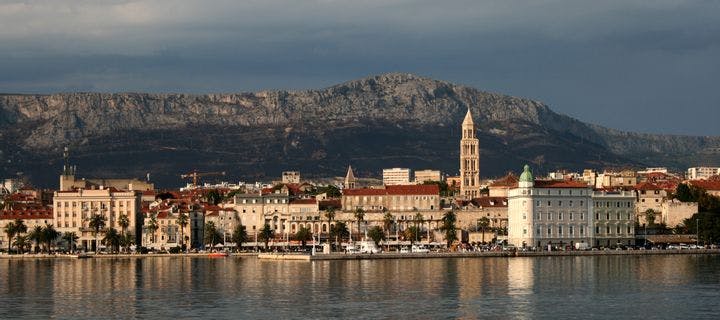Winter 2010
Art from Artifice
– The Wilson Quarterly
Twenty years after the break-up of the USSR, many Central and Eastern European countries are using art and literature to come to terms with their communist pasts.
It's damned difficult to tell a lie if you don’t know the truth,” Hungarian novelist Péter Esterházy writes in Celestial Harmonies (2004). Esterházy’s “stunned discovery that his father had acted as an informant under Hungarian Stalinism,” says Peter Sherwood of the University of North Carolina, Chapel Hill, inspired him to produce “perhaps the most distinguished work of art so far from Central and Eastern Europe’s still-ongoing process of coming to terms with its communist past.”
Twenty years after the fall of the Berlin Wall, the work of the region’s writers underscores, as Michael Henry Heim of the University of California, Los Angeles, points out, how they “entered on their new life from a different point of departure.” Introducing a dozen short surveys of the literary scene in East European Politics and Societies, he writes that “it would be a mistake to assume, as many assumed during the Cold War,” that the region’s writers are “a kind of indistinguishable gray mass.”
In Bosnia-Herzegovina, Croatia, and Serbia, for instance, the perspectives of many contemporary writers have been as fractured as the alliances in that war-ravaged area. Commentator Kristin Vitalich, of the University of Washington, observes that “many artists felt compelled to set aside their traditional genres and professional roles to document the dramatic changes they were witnessing.” Erstwhile writers of fiction “produced a variety of creative nonfiction accounts of life in Sarajevo during the siege,” she writes, and a number of others “fashioned poetry that contemplated both the personal and collective experience of war.” Many were forced to choose sides; novelist Ivan Aralica in Croatia came to be viewed as a mouthpiece for the repressive regime of Franjo Tudjman, while Dubravka Ugresic was branded a traitor by the press and forced to go into exile.
In the Czech Republic, where cultural leaders became the de facto vanguard of the Velvet Revolution, the most pressing task for the country’s writers in the early 1990s was to “recover its lost chapters, to publish works that had been previously banned or had appeared only in samizdat or exile,” writes Harvard’s Jonathan Bolton. More recently, younger novelists such as Stanislav Komárek and Pavel Brycz have had success with what Bolton calls the “novel of the century”: an epic-length form in which the writer traces the twists and turns of the Soviet period. While literary lions such as Milan Kundera continued to publish from abroad long after the reasons for their exile had disappeared, those who had stayed through the bad times—most of them contemporaries of Václav Havel, born in 1936—found themselves “forced to re-explain the communist period to younger readers who have no personal memories of political repression.”
Some of the most inventive work during the postcommunist period has emerged from unexpected corners. Albanian Ismail Kadare’s parables of communist manners such as The Pyramid (1996) and Spring Flowers, Spring Frost (2002)—two of his 15 novels now available in English—helped win him the 2005 Man Booker International Prize. In Romania, the work of the newest generation of writers, says Sean Cotter of the University of Texas, Dallas, “abounds in energy, crispness, and humor and is sometimes inspired by magical realism.”
Nowhere has literature shown such a range of cultural responses as in Poland. Initially, says Harvard’s Joanna Nizynska, writers there struggled both to explain the new world of democratic freedom and to come to terms with the repressed horrors of the Holocaust. But more recently new voices have been heard, including a group of distinctively Polish feminists (Magdalena Tulli, Kinga Dunin, and others), and Michal Witkowski, whose best-selling 2005 “queer” novel Lubiewo depicts a campy, proudly marginalized “world of Polish queens under communism.”
It is no surprise that in many of these countries, writers initially felt compelled to address the communist period in literature that engages social reality with more enthusiasm than generally is seen elsewhere in the West. As Heim observes, “They had grown up in societies that treated culture—especially literary culture—as inextricably intertwined with politics, societies in which the writer was treated by the Communist Party as an arm of ideology and by the dissidents as a moral force, as virtually an opposition government.”
* * *
The Source: "East-Central European Literatures Twenty Years After" by Michael Henry Heim, Peter Sherwood, Krisitin Vitalich, et al., in East European Politics and Societies, Fall 2009.
Photo courtesy of Flickr/enjosmith
